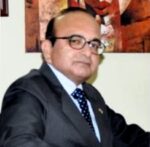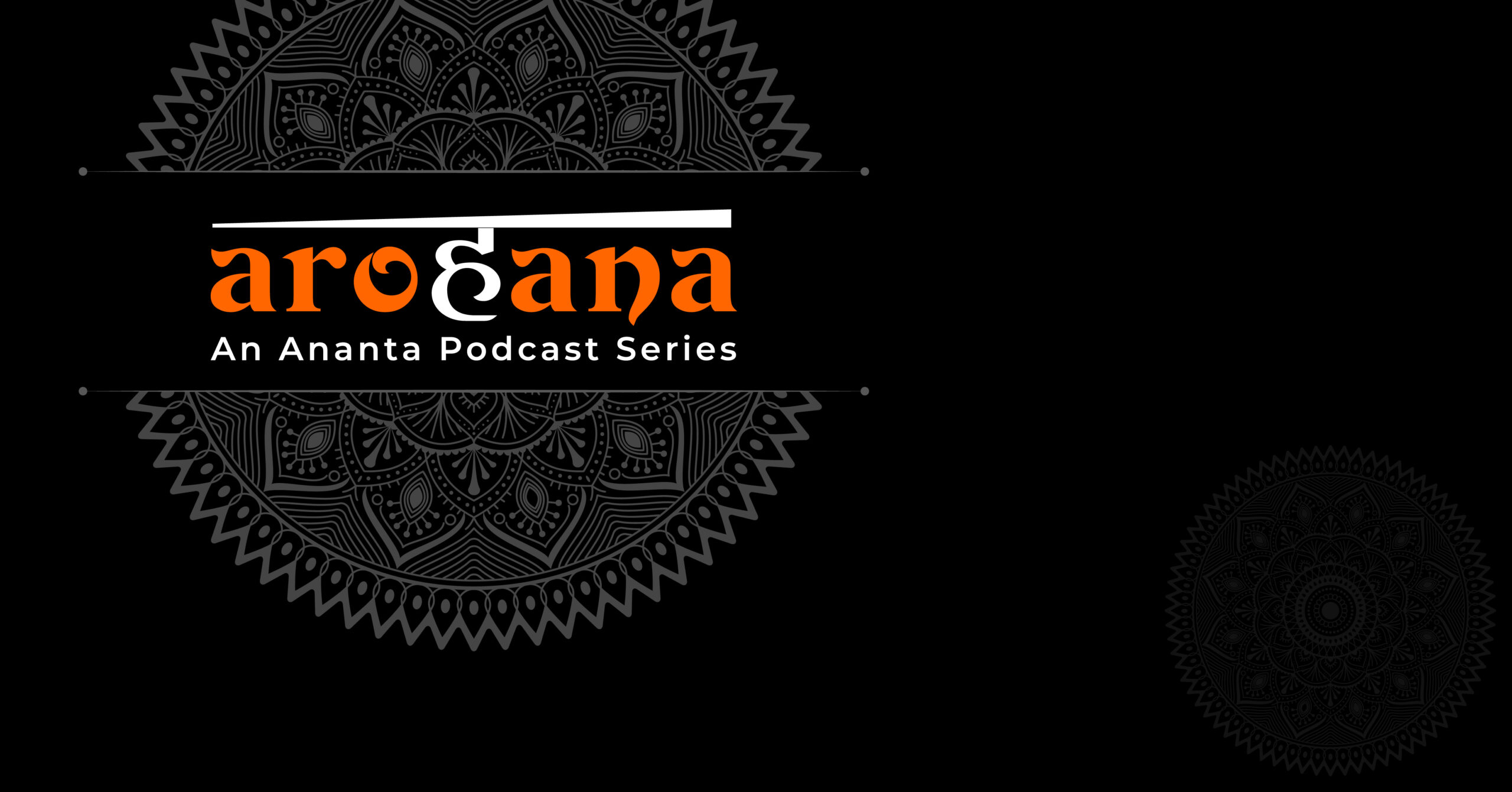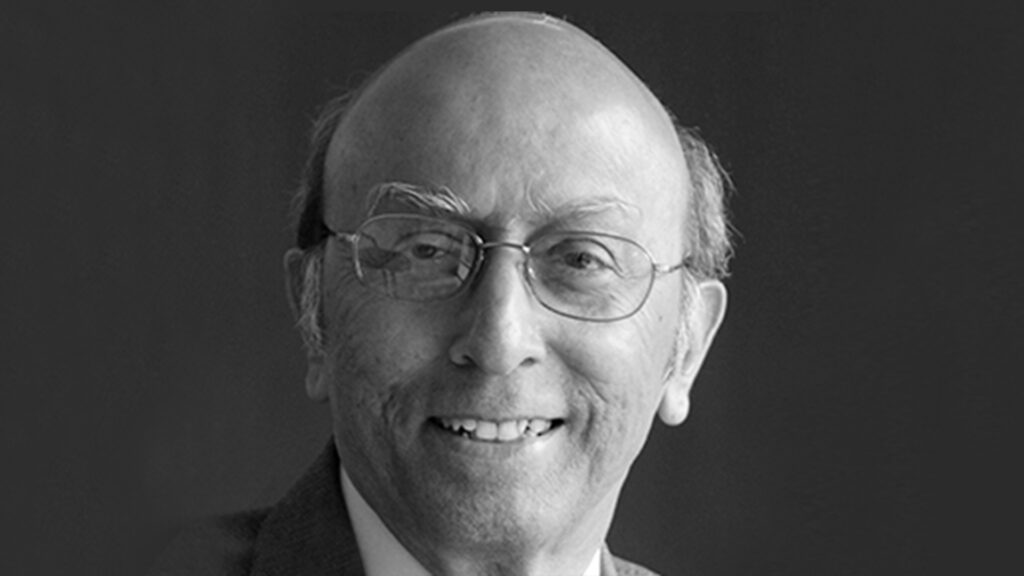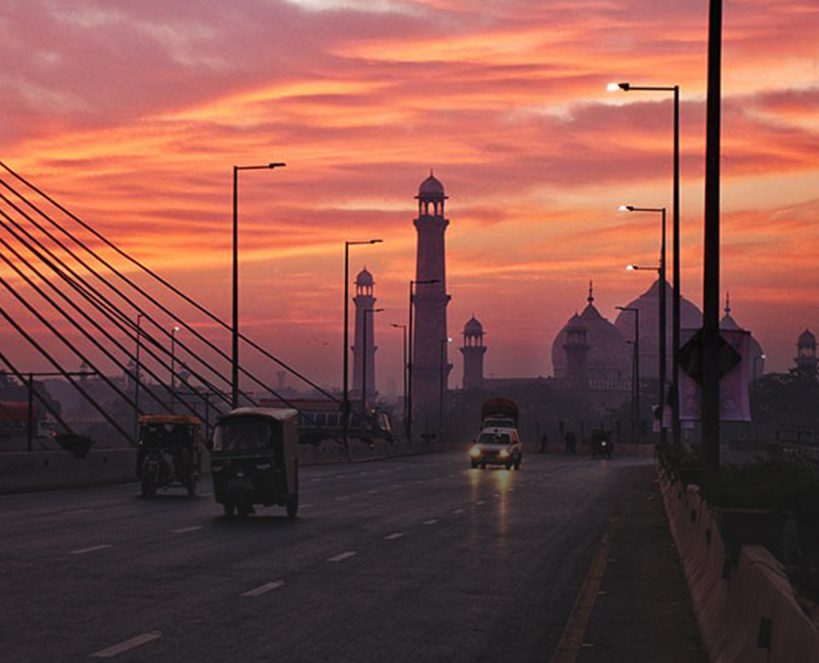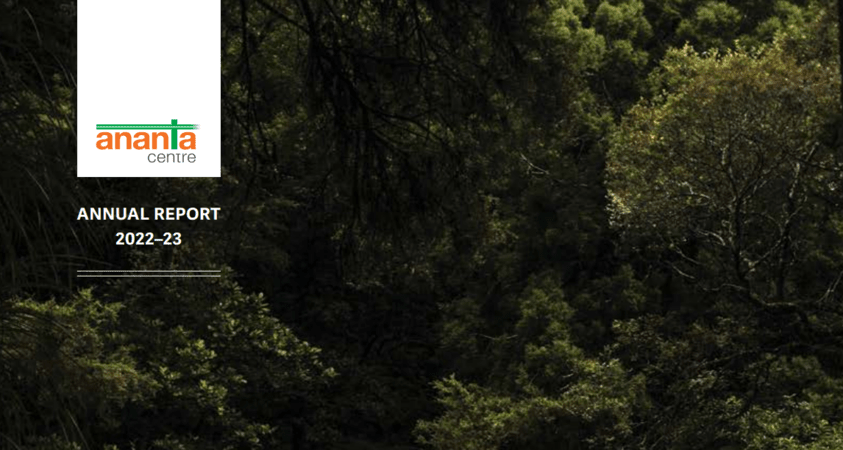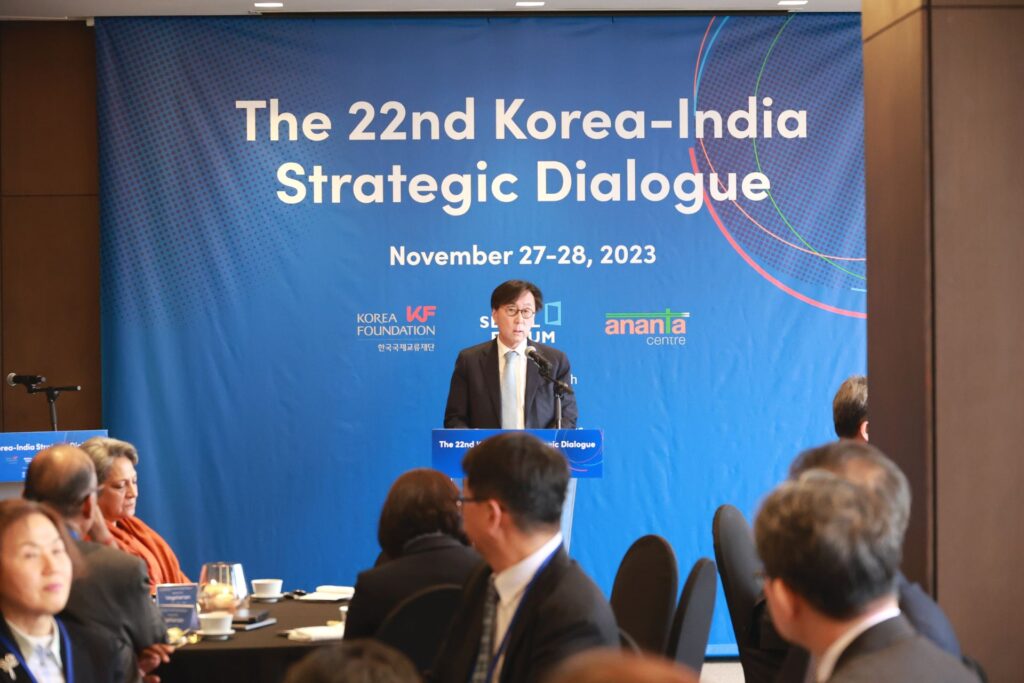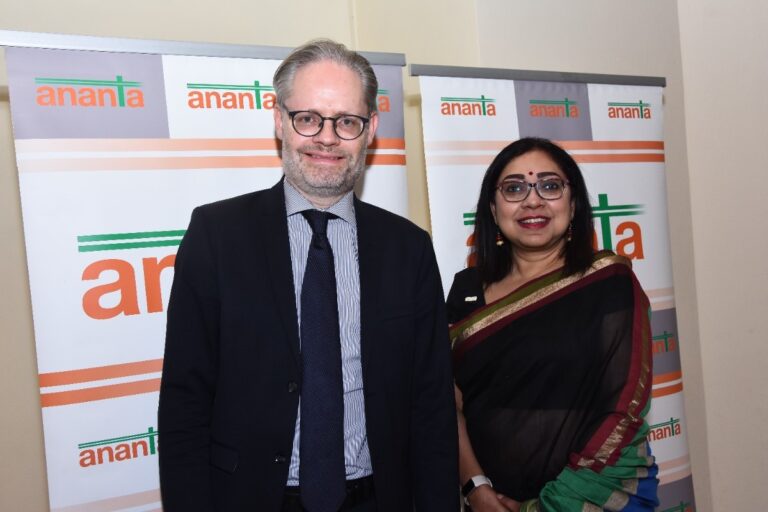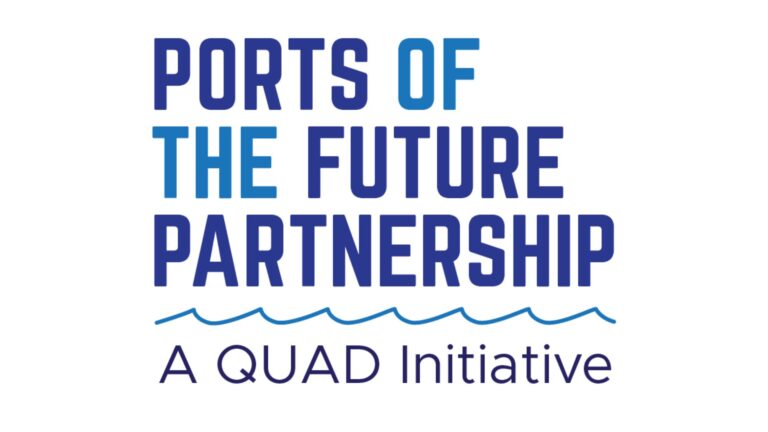Introduction:
A persistent social mythology about the swathe of twenty-two Arab countries[1] stretching from the Atlantic Ocean to the Gulf is about their manifest “unity.” The emotive argument cites many commonalities among 473 million Arabs: they speak dialects of the same Arabic language, subscribe mostly to the same religion (Islam), and have a shared history of often facing similar challenges against foreign colonialists. Moreover, their putative “golden era” was during the early Islamic period when they were united under the Omayyad and Abbasid empires based in Damascus and Baghdad, respectively. It’s undeniable that the period saw the Arab World lead the world, particularly in science, literature, architecture, etc.
[1] The Arab countries are: Algeria, Bahrain, Comoros, Djibouti, Egypt, Iraq, Jordan, Kuwait, Lebanon, Libya, Mauritania, Morocco, Oman, Palestine, Qatar, Saudi Arabia, Somalia, Sudan, Syria, Tunisia, United Arab Emirates, and Yemen.
Historical and Ideological Underpinnings:
While all civilisations have their peaks and troughs, the contemporary Arab World is unique as many of its savants draw inspiration from its golden era a millennium ago for a unified community (Umm al-Arabiya) today. They lament the current Arab disunity that gives hostile powers such as Israel impunity to act against the core Arab interests, esp. the Palestine Cause. They assert that if united, the Arabs have the requisite population, landmass, wealth, geostrategic location and resources such as oil and water to become a strong and prosperous world power. Further extending the argument, many of them consider the leaders of the Arab countries to be the agents of the foreign powers conspiring to keep the Arab world divided to fulfil their hidden agendas to “divide-and-rule” the Arabs and usurp their wealth. Thus, the true pan-Arab nationalists are ordained to disrupt the existing unacceptable political and social order and establish a unified Arab nation.
Situation on Ground:
In an article two months ago on the same website, we saw how the Arab League, the Pan-Arab regional intergovernmental organisation, has continued to hobble along for without being effective in tackling the myriad problems and healing the internecine divisions. The Arab League itself was fractured after the Camp David Agreements between Egypt and Israel in 1979.
Unification Drives over the Past Century:
Historically, the various attempts to unify Arabs into a nation since the end of Ottoman rule after the First World War have either been suboptimal or floundered altogether, often leaving the Arab World even more disunited. These range from “Islam is the Solution”, espoused by the Muslim Brotherhood since the late 1940s, to Pan-Arab Socialism espoused by Egyptian President Gamal Abdul Nasser, whose strategy to have a united government with Syria was a spectacular failure. Similarly, the Arab Ba’ath Socialist Party of Michel Aflaq held sway in Iraq and Syria, but their bilateral unity project was very divisive. Libyan “brother-leader” Muamar Qadhafi was a diehard proponent of Arab and African unity, but his efforts were often stillborn and invited ridicule. The “Arab Spring”, since 2011, made a common cause against oppressive Arab regimes, but the results were either chaos or civil wars. More radical Sunni militant offshoots, such as Al-Qaeda and Islamic State for Iraq and Syria (ISIS), pursued their highly disruptive and violent agendas in the name of Arab-Islamic unity, with the latter even declaring a short-lived “Arab Caliphate” in Mosul in 2014.
Regional Integration:
Even more modest attempts at regional integration among Arab States have had limited success, with the solitary exception of the seven Trucial States joining together in 1971 to form the United Arab Emirates. Its success can be attributed to special circumstances: the small, unviable size of most of the individual states, the ultimatum of British withdrawal from East of Suez, the resurgent Iran and generous bankrolling by the oil-rich Abu Dhabi emirate, the main proponent of the UAE project. Dubai and Abu Dhabi emirates created an efficient template of political and economic synergy, leading to shared prosperity and success of the UAE model of federal governance. However, scaling up this experiment at the regional level by putting together a Riyadh-based Gulf Cooperation Council (GCC; https://gcc-sg.org/en/Pages/default.aspx) comprising six monarchies of Saudi Arabia, the UAE, Kuwait, Qatar, Bahrain and Oman in the early 1980s, still remains a work in progress four decades on. Beyond periodic political coordination, the limited common market and visa-free area, not much has been achieved in the name of GCC unity. Discussions on the common defence and security arrangements have produced more heat than light due to mutual distrust among the ruling families. The blockade of Qatar by fellow GCC members Saudi Arabia, the UAE, Bahrain, as well as Egypt from June 2017 to January 2021 dramatically symptomised the fragility of the Council’s architecture. Even now, Qatar remains a maverick; there are frictions between Saudi Arabia and the UAE, while Kuwait and Oman largely remain inward-looking.
At the other geographical end, the five-membered Arab Maghreb Union (AMU; https://maghrebarabe.org/en), comprising Algeria, Morocco, Tunisia, Libya, and Mauritania, has even less to show in the name of regional coordination. Although it was formed in 1989 by the treaty of Marrakech, it has been hobbled by near-permanent friction between Algeria and Morocco, the two largest countries in the region. These two countries have been traditional rivals with radically different political systems and economic orientations. However, their main point of friction is over the Western Sahara – a territorial dispute over the former Spanish colony that has become a zero-sum game. While Morocco claims it as part of its sovereign territory, Algeria backs the Polisario Front as a liberation movement fighting for its independence. Even otherwise, AMU also has to contend with a sputtering civil war in Libya and political turbulence in Tunisia. While Algeria has seen a decade of Islamic insurgency in the 1990s, it has largely gotten over that problem.
At the southern fringe of the Arab world lie two troubled countries of Sudan and Somalia, both under civil war conditions that are intrinsically domestic. They are both members of the Inter-Government Authority for Development (IGAD; https://igad.int) an organisation of eight countries[2] formed in 1996 with headquarters in Djibouti. IGAD has been struggling with a resource crunch disproportionate to its challenges, ranging from recurring drought to border disputes and civil wars’ spill-overs. The internationally recognised government of Sudan suspended its IGAD membership in 2023 in protest over the body having been in contact with the rival RSF administration..While IGAD had sought to play a positive role in resolving the conflicts in Sudan and Somalia, its impact has been marginal.
[2] IGAD members are: Djibouti, Eritrea, Ethiopia, Kenya, Somalia, South Sudan, Sudan and Uganda.
Challenges to Arab Unity:
The aforementioned specifics about regional integration in the Arab World prepare us to identify multiple roadblocks to the overarching issue the Arab unity. The following general points seem relevant:
(a) Though a romanticised concept of Arab unity sounds attractive, it largely ignores the realities on the ground. Over the past century, the Arab countries have created their own respective political structures, economies and societal conditions that cannot be wished away or papered over.
(b) There is a huge dispersion among the Arab world, in terms of size, resources, wealth and economic development. Egypt, the most populous Arab country, has a population of 109 million, while that of Comoros is only 870,000. On the other hand, the per capita nominal income of Qatar is $71,653/-which is 172 times that of Yemen, the poorest Arab country, at $417. The nominal GDP of Saudi Arabia ($1084 billion) is 874 times bigger than that of Comoros ($1.24 billion). Area-wise, Algeria (2.38 mn sq kms) is over 3000 times bigger than Bahrain (790 sq kms), the smallest. There is huge dispersal in social parameters and economic development levels. Such wide variation in qualitative and quantitative terms throws enormous new challenges to any pursuit of Arab unity. While the resource-poorer members of the Arab world may be understandably keen to unify, the richer Arabs states may be equally unwilling to share their wealth.
(c) Any move towards Arab unity would, in principle, involve a gradual surrender of national sovereignty by the member states. Given the rigid and personalised political structures evolved during the past decades, their harmonisation has been a serious sticking point in past mergers, as, by definition, there can be only one Constitution and one Head of State after unity. Further, many of these states remain politically fragile, and their integration with other countries risks the transfer of their inner contradictions to the new entity.
(d) Even at other levels, the moves towards greater cohesion among the Arab states have produced insignificant results. While an Arab mutual defence treaty has been in place for decades, recent Israeli attacks on Gaza, Lebanon, Yemen and Syria have not triggered any tangible response beyond condemnatory statements by two extraordinary Arab Summits.
(e) While some resource-rich Gulf Arab countries have made huge investments in other Arab countries, such as Egypt, Morocco, Syria and Jordan, most of these are bilateral, politically driven initiatives. Further, a vast majority of their investment flows still head towards the Western economies.
(f) Most of the Arab countries are commodity exporters, with oil and gas contributing over 60% to their collective export basket. In non-oil domains, intra-Arab trade has grown, but according to one estimate still contributed only 32.7% of their total collective trade in 2022-23.
(g) There have been large intra-Arab migrations, mostly to leverage employment opportunities in the oil-rich Gulf countries by Egyptians, Syrians, Jordanians, Yemenis, Sudanese, etc. However, these are all subject to strict manpower importation laws by the receiving countries without any proper collective Arab backbone structure. The majority of the manpower in the Gulf is still imported from non-Arab countries, mostly from South and East Asia. The people-to-people contacts are restricted largely due to security and terrorism related concerns, and visa-free travel remains selectively implemented.
(h) At the social level, too, the progress has been piecemeal. While standard classical Arabic language has gained Pan-Arab currency, Egypt has sought use its dialect to retain its lead in filmmaking, pop music, dramas, TV serials, etc. Satellite technology has led to the emergence of trans Arab TV News Broadcasting, but their coverage is either predictably servile to their state sponsors, or is sensational and disruptive, as by Doha-based Al-Jazeera TV. Overall, while Arab mass media strongly espouse Arab unity, their coverage does not inspire in that direction.
(i) The quest for Arab unity also faces some daunting challenges from several highly unpredictable players. These include the “deep state” entities in several Arab countries, engaged in subversive activities against other Arab countries in a cloak-and-dagger manner. Then there are non-state actors, such as radicalised militants, religiously motivated charities, etc., pursuing their divisive agenda. Most of them have some nod-and-wink support from their base governments. Some non-Arab neighbours, such as Israel, Iran and Turkey, also interfere to sow divisions in the Arab world, mainly to prop up a friendly regime/outfit or take down their suspected enemies. Turkey’s role against Kurds in Iraq and Syria, Iran’s support for Shia militants and Israel’s military intervention to protect the Druze minority in Syria are cases in point. These foreign interventions mostly disrupt the national or regional unity.
(j) As a wag put it, “Israel has done more to foster Arab unity than all the Arab intellectuals put together.” Suspicion of the Jewish state and support for the Palestinians coalesced into the “Palestine Arab Cause” that impelled Arab states to huddle together for decades. However, in the last six years, several Arab states have signed the Abraham Accords to recognise Israel and establish diplomatic ties with it. This has diluted Israel’s long-term role as a counter-pole for Arab unity, even as its recent military aggressions against some Arab states and Iran have resulted in Arab countries uniting in condemnation.
(k) At the popular level, throughout the Arab world, there is a strong emotional connection with the concept of Arab unity, but the old stereotypes and lingering xenophobia continue to hobble any move in that direction. Ethnic and sectarian diversities also complicate the progress.
(l) While there is no evidence of a grand foreign conspiracy to keep Arabs divided, most external forces do not share the swirling internal emotive appeal for Arab unity. Major global powers, such as the United States and the European Union, have their respective regional agendas and would back any Arab integration moves only if they furthered their interests, say, vis-à-vis normalisation with Israel and fighting anti-West radicalisation. Similarly, Russia and China have their agendas, which centre on economic and geo-strategic interests. Large non-Arab Muslim countries such as Pakistan, Turkey, etc, too, see the Arab unity through the prism of their interests, which are not necessarily co-terminus with the greater Arab unity.
Conclusion:
While the pursuit of greater Arab unity has long had its strong and emotionally charged adherents, not enough has been done to arrange the pieces of this complex multidimensional jigsaw puzzle.
The previous issue of Organisation of Islamic Cooperation: An Analysis (West Asia & North Africa Digest) are available here: LINK



